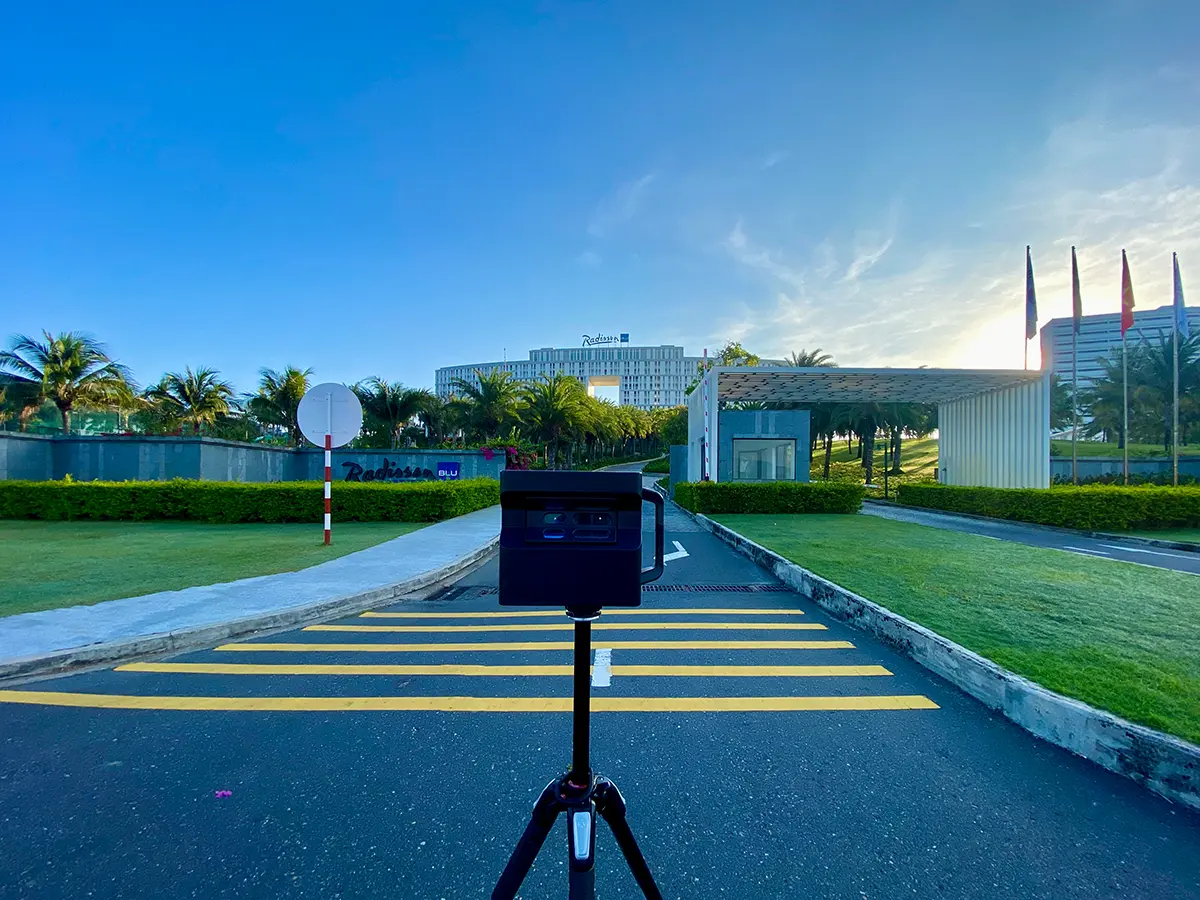The ability to build a website is no longer a skill reserved for a select few. Today, an entire ecosystem of platforms exists to empower anyone with an idea to bring it online. But as a digital presence grows, the platform that started the journey may not be the one best suited for its future.
This guide offers a balanced look at the landscape of web platforms. It begins by acknowledging the immense value of do-it-yourself systems and then explains the practical reasons why a business might outgrow them. Finally, it provides a detailed, technical blueprint for migrating to a custom-coded solution without losing the search engine authority you've worked hard to build.
The Power of Democratized Web Publishing
It's impossible to have a fair discussion about web development without first acknowledging the profound impact of platforms designed for non-coders. WordPress, which famously powers over 40% of the web, almost single-handedly democratized web publishing. It gave small businesses, non-profits, and individual creators the ability to build functional websites without writing code.
The Inflection Point: When to Consider a New Path
While DIY platforms offer incredible value, growth introduces new variables. The very flexibility that makes WordPress powerful—its ability to add features through themes and plugins—can become a source of complexity over time. A site may eventually reach an inflection point where this complexity leads to practical challenges.
Performance and User Experience
In a typical dynamic CMS, a feature-rich theme combined with multiple plugins can result in "code bloat." Each added feature contributes its own scripts and styles that must be downloaded and processed by a visitor's browser. You can often see this in a PageSpeed Insights report, where recommendations to "Eliminate render-blocking resources" point to this accumulated code. For your audience, especially those on mobile devices or in areas with slower internet, this can mean a slower, more frustrating experience.
Security and the Maintenance Tax
In the digital world, no website is 100% immune to security threats; the goal is always to minimize the "attack surface," or the number of potential vulnerabilities. In a CMS ecosystem, security is a shared responsibility between the platform's core developers, the theme's author, and every plugin's creator. As security firms often report, outdated plugins are a common vector for site compromises. This creates a necessary "maintenance tax"—a constant, time-consuming cycle of applying updates and checking for conflicts, which is a real operational cost for any organization.
A Practical Guide to a SEO-Safe Migration
Migrating a website is a significant undertaking, but it doesn't have to be mysterious. The process can be broken down into a clear timeline: pre-migration planning, the technical migration itself, and post-migration monitoring.
What are "WordPress Ghosts"? This is a developer term for the assortment of old URLs (from categories, tags, and especially the /wp-content/uploads/ directory) that are forgotten during a migration. They no longer lead to a page, so the "link juice" from any site pointing to them simply vanishes. A successful migration leaves no ghosts behind.
Implementing Redirects: Code Examples
The implementation method depends on the hosting server. A developer will typically use one of the following.
For Apache Servers (via .htaccess):
# BEGIN WordPress Migration Redirects
RewriteEngine On
# Redirect a specific page
Redirect 301 /old-page.html https://www.yourdomain.com/new-page
# Redirect an entire category to the main blog
RedirectMatch 301 ^/category/business(.*) https://www.yourdomain.com/blog$1
# Redirect a specific old image to its new location
RedirectMatch 301 ^/wp-content/uploads/2023/01/my-image.jpg$ https://www.yourdomain.com/assets/images/new-image.jpgFor Nginx Servers (via nginx.conf):
# Redirect a specific page
rewrite ^/old-page.html$ /new-page permanent;
# Redirect a category
rewrite ^/category/business/(.*)$ /blog/$1 permanent;Embedding Third-Party Content (Matterport, Google Street View, etc.)

Beyond security, the primary challenge with embedded media on a complex WordPress site is performance. An iFrame's loading speed can be significantly hampered by the accumulated bloat of the host page. This includes not just the code from numerous active plugins, but also residual code, like older versions of jQuery, often left behind by previously installed premium themes. Minimizing any additional processing overhead is key to a smooth virtual experience.
Phase 3: Post-Migration Monitoring
After the new site is live, the final phase begins. Using Google Search Console is essential:
- Coverage Report: Check the "Not Found (404)" section weekly for any URLs that were missed. Add new 301 redirects for any valuable links that surface.
- Validate Fixes: After fixing a group of 404s, use the "Validate Fix" button in GSC. This tells Google you've addressed the issue and encourages a faster re-crawl.
Why This Matters for Non-Profits and Small Businesses
For organizations where time and resources are precious, moving to a professionally managed, custom-coded site can be a strategic advantage. It shifts the operational burden of maintenance and security to an expert, freeing up staff and volunteers to focus on their core mission. While the initial investment may be higher than a template, the long-term cost of ownership is often lower, with minimal hosting fees, no recurring plugin subscriptions, and no need for emergency developer fees to fix conflicts or security issues.